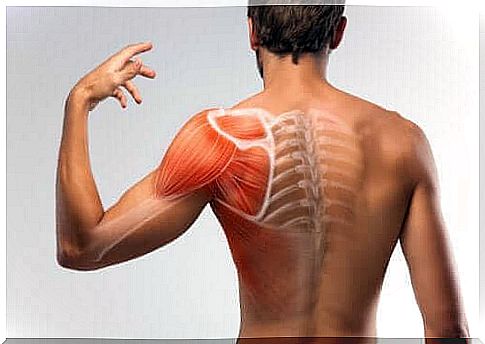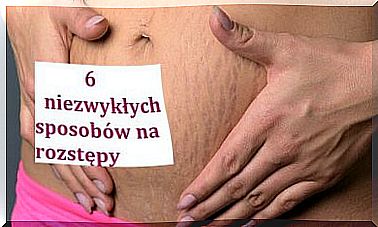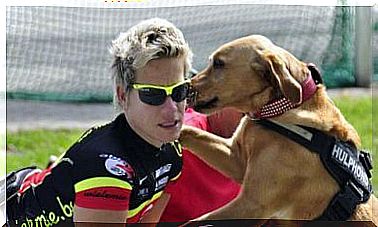Frozen Shoulder: What Is This Condition?

Several authors have suggested that the frozen shoulder occurs for autoimmune reasons. However, no evidence has yet been found to support this theory. What do we know about this condition? Read today’s article to find out!
The frozen shoulder , also known as adhesive capsulitis, is defined as the progressive loss of passive mobility of the shoulder. It manifests itself along with a spreading pain that affects the anterolateral area of this part of the body.
Several authors have described possible and pathological changes that occur in the shoulder joint and the surrounding tissues. Their course is seemingly innocent, progressive, and in most cases self-limiting.
Moreover, this type of injury is most common in people between the ages of 40 and 70. It occurs more often in women and patients with disorders of the thyroid gland and diabetes.
As you will learn from the rest of the text, the treatment aims to regain the mobility of the joint and its functionality. It will also focus on reducing pain by administering medications or, if necessary, surgery.
Shoulder anatomy

The shoulder is the part of the body where the shoulder meets the rest of the body. This joint has the greatest range of motion in the human body and is formed by connecting the endings of three parts:
- Clavicle.
- Shoulders.
- The humerus.
These three bones are held together by muscles, tendons, and ligaments. This enables their mobility. Moreover, the main bone of the arm connects the top of the humerus to the scapula.
This joint is the scapulo-shoulder joint and the two articular surfaces. One of them is the top of the humerus, which is shaped like a hemisphere. The second is the articular cavity of the scapula. Both surfaces are covered with cartilage. This allows the joint to move more smoothly and painlessly.
Thus, the collection of muscles and tendons that are attached to the bone surface makes muscle mobility possible. For example, the rotator cuff has four muscles that provide mobility and stability to the shoulder.
Frozen shoulder and its causes
Several authors have suggested that this condition is autoimmune in origin.
However, serological studies did not support this theory. Others suggest that it is a variant of reflex sympathetic dystrophy. But the scientific community also did not fully accept this theory. This was due to the fact that the frozen shoulder does not improve after the dystrophy has healed.
De Palma, another specialist, found that the main cause of this lesion was a lack of muscle activity. The reasons for the lack of shoulder-shoulder mobility include:
- Two-headed tendon sheath inflammation.
- Calcareous tendinitis.
- Contusion.
- Fractures.
- Secondary capsular scars or surgical procedures.
Treatment of a frozen shoulder

As we mentioned at the beginning of this article, treatment aims to regain both mobility and functionality of the arm.
For this reason, treatment includes prescribing drugs such as anti-inflammatory drugs or steroids to reduce pain. In more serious cases, it can also undergo arthroscopy.
It is worth noting that this condition has two clearly defined phases:
- One where pain plays a major role
- The second, where stiffness plays a major role
Pain is intense during the first phase of physiotherapy treatment and is present even when the patient is at rest. Thus, the goal is to control it and to provide the patient with the maximum range of motion in the shoulder.
As the patient’s condition improves in this regard, treatment will focus on increasing the amount of motion in the joint. In addition, the patient will begin a series of exercises related to the rotator cuff. This is due to the fact that it connects to the articular capsule.
The patient should also be informed which other parts of the body may be affected by the frozen shoulder as it will feel pain and its mobility will be reduced. It is perfectly normal for the patient to try to compensate for such problems with other muscles.
It turns out that pain can appear in the cervical or lumbar region. It occurs due to the tension of the tissues that are in these areas, which appears due to the maintenance of a bad body posture.
Summary
A frozen shoulder or adhesive capsulitis is an injury that occurs in the shoulder joint. In this case, the pond significantly loses its mobility and functionality. There is also pain.
Be sure to check with a professional to find out the best treatments for your situation. She will also answer any questions you may have about this rather annoying injury.









